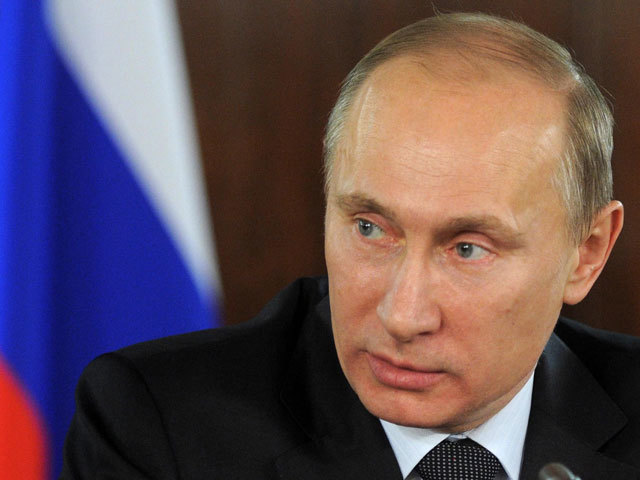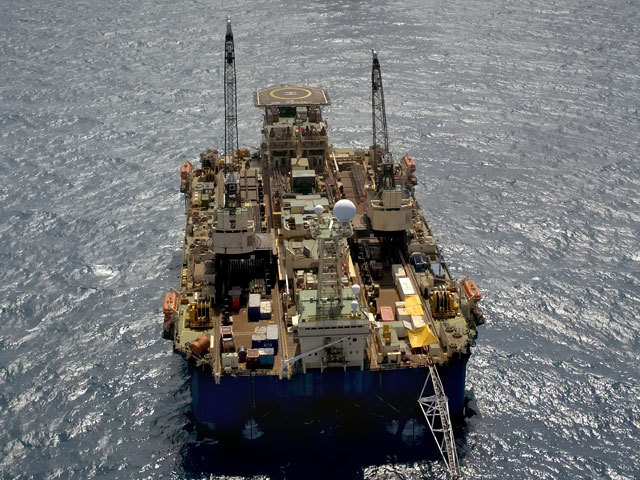
China’s deal to buy natural gas from Russia after a decade of talks risks making tanker shipments of the fuel less competitive as new projects target Asian markets.
The accord for supplies from eastern Siberia means liquefied natural gas export projects are less likely to be built as the additional Russian pipeline gas pressures prices, according to Societe Generale SA and Sanford C. Bernstein & Co. The agreement gives China greater leverage when negotiating LNG contracts, said Trevor Sikorski, head of natural gas, coal and carbon at Energy Aspects Ltd. in London, a consultant.
“It could potentially have an impact on the volume of LNG that China needs to import and impact on the level of the spot price for LNG in Asia,” David Ledesma, an independent consultant who has been working in the LNG sector for more than 20 years, said yesterday in an interview in Amsterdam.
China’s appetite for gas will double by 2018 as the world’s biggest energy user seeks to replace dirty coal-burning power plants, according to the International Energy Agency. LNG market tightness will start to disappear from 2015 with new supply, according to the Paris-based adviser to developed nations, after spot prices rose to a record in February.
Spot LNG in northeast Asia fell to $13.50 a million British thermal units, their lowest since October 2012, in the week to May 19, according to World Gas Intelligence assessments of cargoes for delivery in four to eight weeks published yesterday. They reached $19.70 in February. By comparison, U.S. natural gas futures on the New York Mercantile Exchange were trading at $4.487 per million Btu at 12:37 p.m. Singapore time today.
China paid from $3.25 per million Btu for LNG from Australia last month to $19.97 for a shipment from Algeria in November, according to data compiled by Bloomberg. Its imports rose 27 percent last year to 18.6 million metric tons, overtaking Spain to become the biggest importer after Japan and South Korea, according to the International Group of LNG Importers, a lobby group in Paris.
Companies from Cheniere Energy Inc. in the U.S. to Woodside Petroleum Corp. in Australia plan to add LNG capacity from next year, mainly aimed at Asia, which uses 75 percent of the gas, which is chilled to minus 162 degrees Celsius (260 Fahrenheit) for shipment.
There has been 312 million metric tons of gas liquefaction capacity proposed and 94 million is under construction, according to data compiled by Bloomberg Industries. The plants from Australia to the U.S. would add to the existing 296 million tons of operational capacity.
“Higher cost LNG projects will be less likely to be developed,” Neil Beveridge, an analyst at Sanford Bernstein in Hong Kong, said yesterday in an e-mailed report. “Likely beneficiaries are OAO Gazprom, Chinese gas distributors and related oilfield services companies.”
The agreement with Gazprom, Russia’s pipeline gas export monopoly, to provide 38 billion cubic meters of gas annually over 30 years via a yet-to-be-built pipeline increases the diversity of supplies available to China. The country currently imports gas via a pipeline from Turkmenistan as well as LNG.
Gazprom’s average price in Europe, its main market, was $380.50 per thousand cubic meters ($10.65 per million Btu) last year. The price in yesterday’s contract is more than $350, Interfax reported, citing a person it didn’t identify. Gazprom Chief Executive Officer Alexey Miller didn’t disclose the price, saying the 30-year accord has a value of about $400 billion.
Qatar, the world’s biggest LNG producer, has been in negotiations with China National Offshore Oil Corp. and PetroChina Co. to supply of 7 million tons a year. China has long-term contracts for 5 million tons of Qatari supply.
“China has been, quite successfully, playing off one side against another,” Zach Allen, president of Pan Eurasian Enterprises Inc., a Raleigh, North Carolina-based tracker of LNG cargoes, said by e-mail. “They are developing three avenues for gas to move into China: LNG, pipeline gas from Central Asia and pipeline gas from Russia.”
The accord with Russia will have a negligible impact on the LNG market, according to Tony Regan, a Singapore-based energy consultant at Tri-Zen International Inc.
“This deal results in a slight reduction in the rate of growth in LNG imports but nothing that is going to keep anyone awake at night in Doha,” he said by e-mail. “The deal could actually lead to a call for yet more LNG. With Russian supply now booked, it will give the planners comfort to keep building out the domestic gas market and then we are likely to see them calling for more supply -– more LNG, more piped gas from Central Asia.”
The impact of the agreement on European supplies and prices will be limited because Gazprom will ship to China from fields in eastern Siberia, while Europe is mainly fed by projects in western Siberia and there isn’t a link between the two, according to analysts from Sund Energy AS, the Oxford Institute for Energy Studies and the Institute of Energy Studies of the Russian Academy of Sciences.
“The deal changes the level playing field,” said Thierry Bros, an analyst at Societe Generale in Paris. “China has now secured some new gas at a competitive price. This means that new LNG” will need to be competitive with that to go ahead.
Recommended for you
